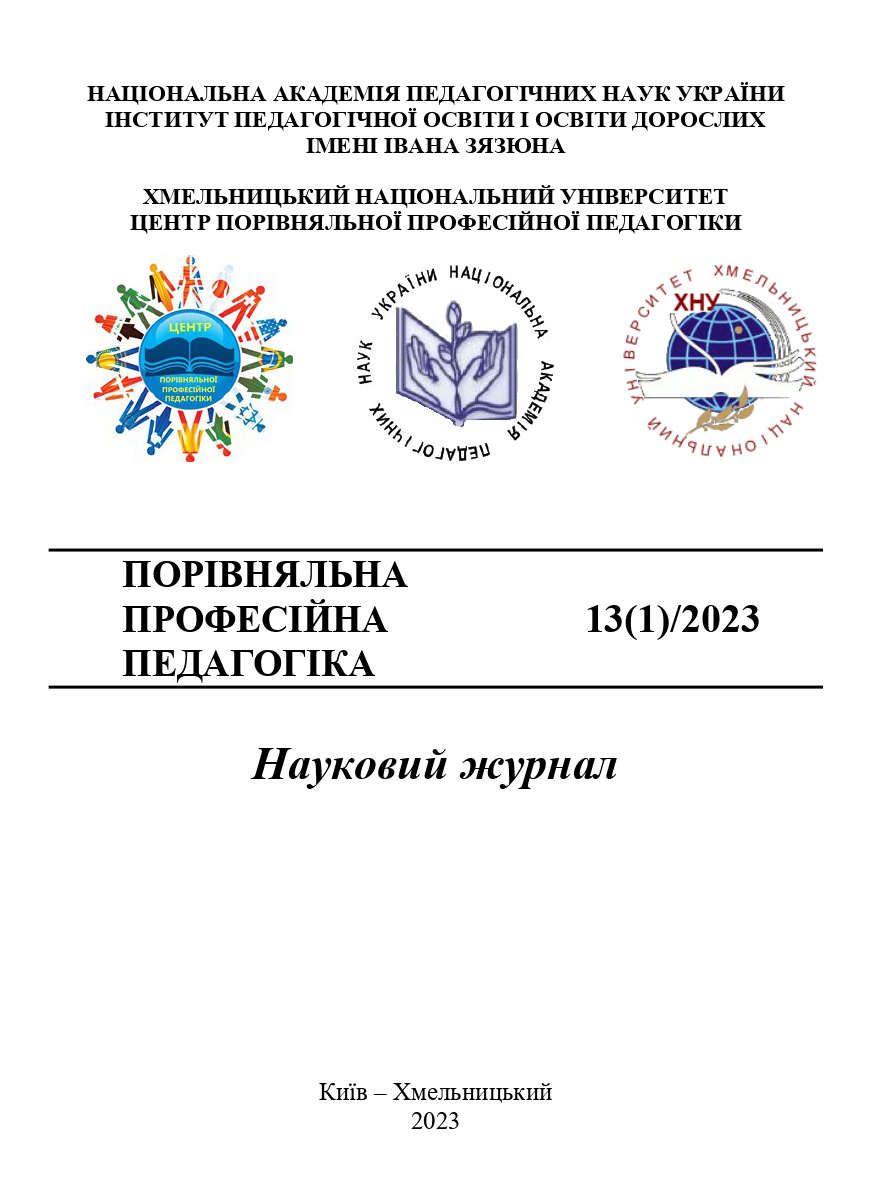PISA PROGRAM FOR INTERNATIONAL ASSESSMENT OF FOREIGN LANGUAGE PROFICIENCY: PROSPECTS AND PRIVILEGES
DOI:
https://doi.org/10.31891/2308-4081/2023-13(1)-8Keywords:
assessment, foreign language proficiency, communicative language competence, language education, OECD, communicative activity, PISA, Common European Framework of Reference for LanguagesAbstract
The article substantiates the need to assess students’ knowledge of a foreign language according to international standards and indicators. The essence of the international program for assessing foreign language proficiency PISA, which is to be implemented in 2025, is characterized.
It is found out that for the objective assessment of the foreign language proficiency, PISA developed a cognitive assessment system in accordance with the European Framework of Reference for Languages, so that the results can be interpreted according to the well-known levels of foreign language proficiency used throughout the world (A1- C2). The program is also based on a widely used social-cognitive approach to foreign language assessment and test validation.
PISA assesses general and language competences (linguistic, sociolinguistic, and pragmatic), communicative activities (perception, reproduction, interaction, mediation) and corresponding communicative strategies for successful communicative use of a foreign language. The procedure for ensuring fair and objective assessment is described alongside the criteria for selecting tasks for all types of communicative activities assessed within the program (reading, listening, and speaking).
It is defined that in order to improve the quality of teaching and learning of foreign languages, PISA will develop a range of questionnaires for teachers, students, principals and parents. It will also conduct surveys at the level of the management of the educational system, which will make it possible to collect information about the organization and realization of teaching and learning a foreign language at all levels. The information collected will be analyzed together with the foreign language proficiency data obtained through testing to provide a comprehensive picture of the factors that influence foreign language learning in school and beyond. The questions in the questionnaires concern educational policy and school administration; profiles of teachers and their training; students and their learning; teaching. PISA will assess the results using a specially designed scale based on the CEFR scale to ensure a simple and adequate interpretation of the results by educators and other stakeholders.
References
Bachman, L.F., Palmer, A. (2010). Language Assessment in Practice. Oxford, UK: Oxford University Press.
Bardel, C., Gyllstad, H., & Tholin, J. (2023). Research on foreign language learning, teaching, and assessment in Sweden 2012–2021. Language Teaching, 56(2), 223–260.
Council of Europe (2020). Common European Framework of Reference for Languages: Learning, teaching, assessment – Companion Volume. Council of Europe, Strasbourg.
Ellis, R. (2015). Understanding Second Language Acquisition. Oxford University Press, Oxford.
Khalifa, H. & Weir, C. (2009). Examining Reading: Research and Practice in Assessing Second Language Learning. UCLES/Cambridge University Press, Cambridge.
Long, M. (1993). Assessment Strategies for second language acquisition theories. Applied Linguistics, Vol. 14, pp. 225–249.
National Academies of Sciences, Engineering, and Medicine (2020). A Principled Approach to Language Assessment: Considerations for the U.S. Foreign Service Institute. Washington. DC: The National Academies Press.
Oliveri, M. (2019). Considerations for Designing Accessible Educational Scenario-Based Assessments for Multiple Populations: A Focus on Linguistic Complexity. Frontiers in Education, Vol. 4. Retrieved from http://dx.doi.org/10.3389/feduc.2019.00088
PISA 2025 Foreign Language Assessment Framework (2022). Retrived from https://www.oecd.org/pisa/foreign-language/PISA-2025-FLA-Framework.pdf
Purpura, J. E. (2016). Second and Foreign Language Assessment. The Modern Language Journal, 100, 190–208. Retrieved from http://www.jstor.org/stable/44135003
Weir, C. (2005). Language Testing and Validation: An Evidence-Based Approach. In: Palgrave McMillan, Hampshire. Stathopoulou, M. (2015). Cross-Language Mediation in Foreign Language Teaching and Testing, Multilingual Matters.


